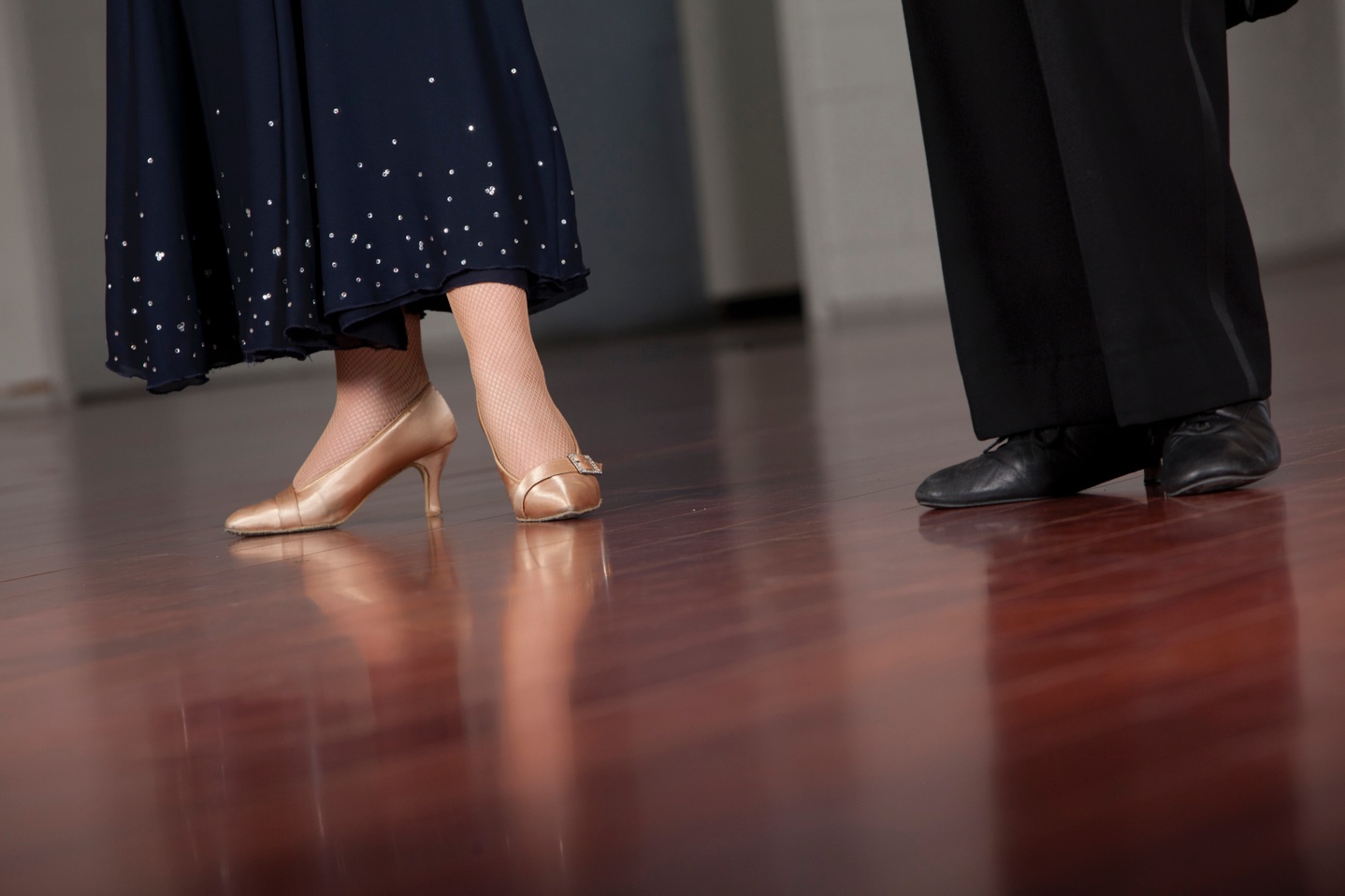Ballroom

Ballroom
Ballroom dancing is beautifully poised and styled. It exudes elegance and class. These dances developed for the most part in Europe and North America, in large ballrooms and dance halls so they travel smoothly across the floor with ease and grace. The dance hold is close and intimate allowing the partnership to move as one. These dances often look best when danced in formal attire as the ladies long ball gown adds to the impact of the movement.
Ballroom dance styles include; Modern (or Slow) Waltz, Foxtrot, Quickstep, English Tango and Viennese Waltz.
